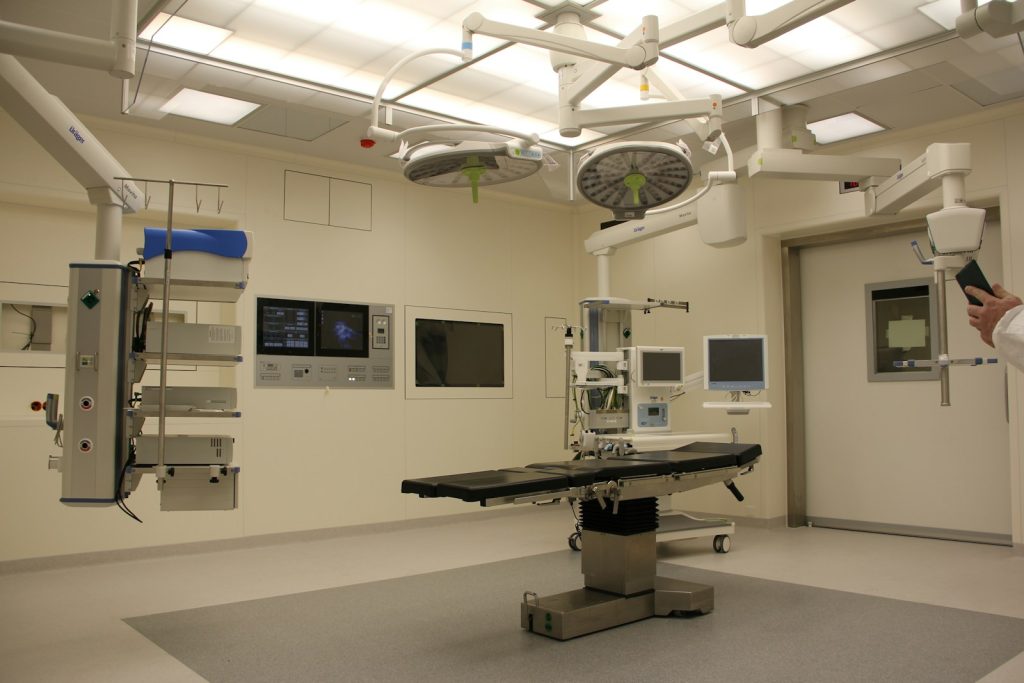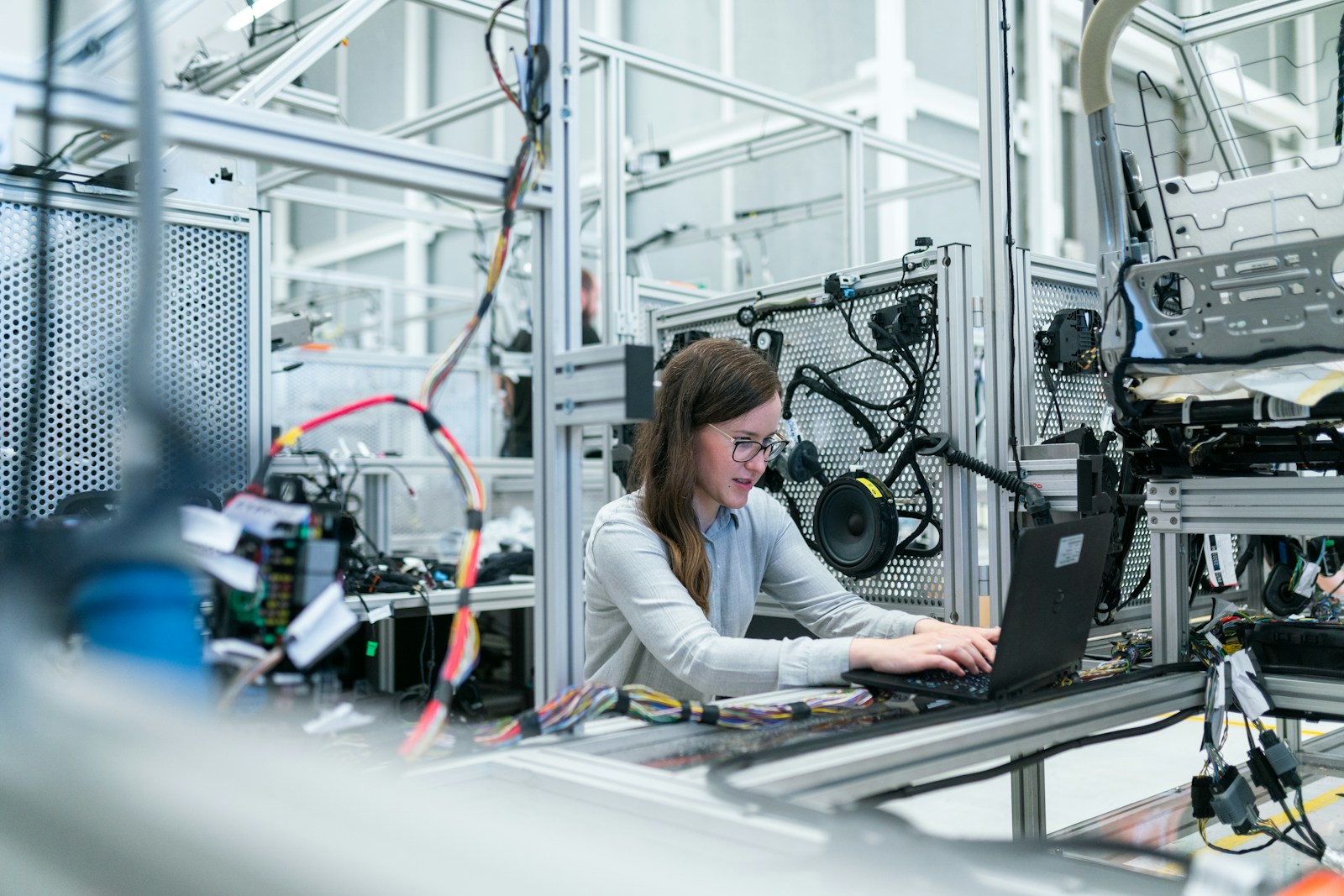Introduction
Ever wondered what makes doctors see through you without wielding a scalpel? Enter the world of X-ray technology, where mysteries of the body are unveiled with a simple click. From its serendipitous discovery to its indispensable role in modern medicine and beyond, X-ray technology is a marvel that’s become part and parcel of our lives. With curiosity piqued, let’s embark on this illuminating journey.
The Birth of X-Ray Technology: A Happy Accident
In the late 19th century, Wilhelm Conrad Roentgen, a German physicist, stumbled upon something extraordinary. While experimenting with cathode rays, he noticed a fluorescent glow emanating from a chemically coated screen. Intrigued, Roentgen discovered a new type of ray that could pass through solid objects, revealing hidden structures within. Voila, X-ray technology was born — a breakthrough that earned Roentgen the first-ever Nobel Prize in Physics in 1901.

How Does X-Ray Technology Work?
At the heart of X-ray technology lies electromagnetic radiation. Here’s the scoop:
- Electromagnetic waves: X-rays are a form of electromagnetic radiation, similar to visible light but with much shorter wavelengths, allowing them to penetrate materials.
- Penetration: When X-rays pass through the body, they’re absorbed by dense materials like bones, creating an image on film or digital sensors.
- Contrast: Soft tissues absorb less X-ray, appearing darker, while denser materials show up as white, creating a contrast that highlights structures within the body.
Applications of X-Ray Technology
The versatility of X-ray technology extends beyond the confines of a hospital room. Here’s a glimpse into its diverse applications:
- Medical Imaging: From diagnosing fractures to spotting tumors, X-rays are a cornerstone of medical diagnostics.
- Dental Imaging: Dentists rely on X-rays to uncover cavities and assess oral health.
- Security: Airports and security personnel use X-ray scanners to inspect luggage and ensure safety.
- Industrial Inspection: In manufacturing, X-rays help check for structural integrity and quality control.
- Archaeology: X-ray technology aids archaeologists in examining artifacts without damaging them.
X-Ray Technology in Medicine: A Closer Look
Diagnostic Radiography
In the realm of medicine, X-ray technology is synonymous with diagnostic radiography. Whether it’s a chest X-ray to check for pneumonia or a mammogram for early breast cancer detection, these images are invaluable to healthcare professionals. The impact of X-rays on medical diagnostic practices has been profound, leading to early and accurate diagnoses that save lives.
Therapeutic Uses
Beyond diagnostics, X-rays play a therapeutic role in treating cancer through a process known as radiation therapy. By targeting high-energy X-rays at cancerous cells, radiologists can destroy or shrink tumors, offering hope to those battling the disease.

The Science Behind X-Ray Technology
Delving deeper into the science, X-ray machines comprise several key components:
- X-ray Tube: The heart of the machine, where electrons are accelerated and collide with a metal target, producing X-rays.
- Collimator: Shapes and directs the X-ray beam to the desired area.
- Detector: Captures the X-rays that pass through the body, forming an image.
FAQs About X-Ray Technology
1. Is X-ray technology safe?
While X-rays involve radiation, the exposure levels in medical imaging are generally low and regulated to minimize risk. However, repeated exposure should be avoided unless medically necessary.
2. Can X-rays detect all diseases?
X-rays are adept at highlighting bone structures and certain soft tissue issues, but they’re not a catch-all. Other imaging techniques like MRI or CT scans may be required for comprehensive diagnostics.
3. How long does an X-ray procedure take?
Most X-ray procedures are quick, typically lasting just a few minutes. However, preparation and positioning might add a bit more time.
4. Are there alternatives to X-ray technology?
Yes, alternatives include MRI, ultrasound, and CT scans, each with its own strengths and suitable applications.
The Future of X-Ray Technology
As technology advances, so too does X-ray technology. With digital imaging and enhanced resolution, the future holds:
- 3D Imaging: Providing more detailed views for precise diagnostics.
- Lower Radiation Doses: Innovations aim to reduce exposure while maintaining image quality.
- AI Integration: Artificial intelligence is poised to revolutionize image analysis, offering faster and more accurate interpretations.
Conclusion
X-ray technology, a serendipitous discovery, continues to be a beacon of innovation and utility. From its humble beginnings to its pivotal role in modern medicine and beyond, it’s a testament to human ingenuity and the relentless pursuit of knowledge. As we peer into the future, the potential of X-ray technology seems boundless, promising to uncover even more of the world’s mysteries. For more insights into how technology impacts our well-being, don’t miss our article on Mental Health During Stressful Times.









